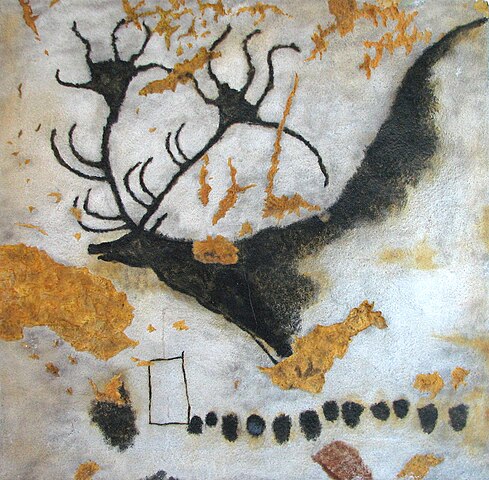Human-Unique Abilities: Geometric Knowledge and Nativism
Humans possess many unique abilities, which is part of the reason we find ourselves outpacing other species by an extremely large margin. We seem to be alone in our ability to build, imagine, study and invent.
One particular ability we possess is knowledge of geometric shapes — which shows up in our artwork, buildings and other artifacts, dating back to ancient times. Geometric shapes can be found in prehistoric cave artwork, such as the ones in Lascaux, France that date back to several thousands of years ago. Similarly, in this case, no other species purposefully produces anything featuring geometric shapes, either in part or whole.
Geometric shapes in the cave art in Lascaux, France.
Socrates, in Plato’s Meno, controversially took the fact that an uneducated slave boy was able to grasp geometric theorems to be evidence that such knowledge is in fact innate; René Descartes echoed this centuries later when he wrote, “We could never know the geometric triangle through the one we see traced on paper, if our mind had not had the idea of it elsewhere.” Such innate knowledge, however, seems strange in our scientific day and age. Isn’t geometry, just like all other knowledge, something we must learn from the world as we grow up?
One fascinating study that takes a closer look at this is Mathias Sable-Meyer et al’s 2023 paper, “Sensitivity to Geometric Shape Regularity in Humans and Baboons: A Putative Signature of Human Singularity”[1].
